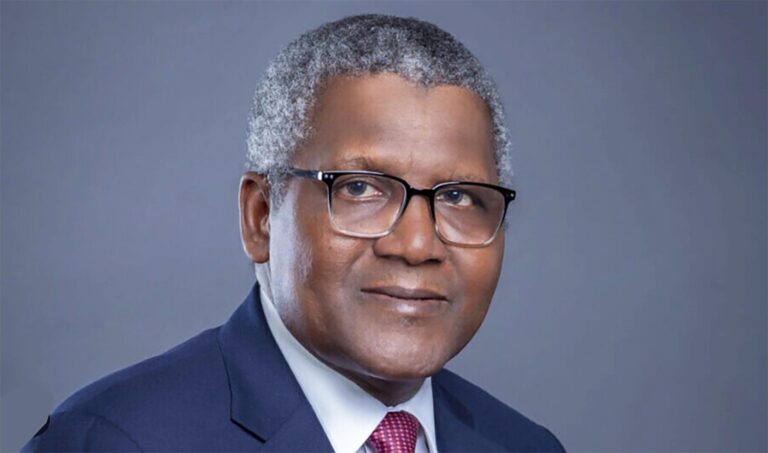By Onoruoiza Mark Onuchi
The clouds are gathering, the fourth industrial revolution is upon us – disruptive, digitally wired, innovative, agile and paradigm shattering. With the gradual introduction of smart technologies across factories and workplaces interconnected machines will interrelate, envision the all-inclusive production chain and drive decisions independently. This revolution is here to disrupt all professions, industries, markets and continents.
Africa, the youth-centric powerhouse of the world must align itself to the global tide as it leapfrogs to this disruptive age of innovative machine power and human power integration to enable her unlock the huge business potentials within, for competitive relevance with rapid workforce development.
The 21st Century workforce solutions will therefore trigger a dynamic ensemble of Human Resource Architects with unique skillsets of an eclectic kind with a mandate to champion an exceptional mix of talents to enable compliance for high performance in revolutionary corporations.
Businesses are rapidly changing, leading to job mutation; market dynamics are becoming highly disruptive, and innovative trends intensely volatile. With Artificial Intelligence, Machine Learning, Robotics and Internet of Things (IoT) taking centre stage; the human and machine workplace integration is what Human Resource Architects must master to seamlessly navigate – welcome to the new norm!
These three fundamental nuggets will reshape, reinforce and redefine the 21st Century workforce that will advance brave ideas, bold visions and big dreams:
• Teamwork
• Motivation
• Training & Workforce development
The Human Resource Architect is at the epicentre of the entire transformation process as a strategic change leader knowing the advantage of the force of logic over the logic of force in workplace transformation and this will trigger an alteration of the ecosystem for the better.
Teamwork
The 21st Century workforce is one that is anchored on teamwork, it is therefore the shared action of a team with a mandate to accomplish incredible results. ‘Silo’ mind-set is long gone, teamwork is the norm for workplace effectiveness and efficiency. It offers opportunity to share and integrate ideas leveraging on each other’s forte to achieve astonishing results. In summary, teamwork will engender effective integration, collaboration and coordination of an agile workforce.
Again, the Human Resource Architect has a critical role to play in ensuring team bonding activities to solidify effective teamwork and holistic integration for high performance. The HRA is expected to design and formulate initiatives that will drive the anticipated impact of organizational transformation for an exceptionally competitive workplace.
Motivation
There is no one-size-fits-all workplace motivation, as people respond in very unique ways. Workplace motivation influence job satisfaction or dissatisfaction. Company policy, supervision, relationship with boss, work conditions, salary, relationship with peers, achievement, recognition, responsibility, advancement, growth are the prime drivers of workplace motivation. The clamour for greater job security, higher wages, benefits, and better working conditions still echo from employee camps. As work culture arrowheads, the Human Resource Architect must understand the psychological framework of top performers to ensure they are retained and at their optimal best, because with regular turnover of the best hands in an organization, the Human Resource Architect has his/her job on the line.
Training
With the advent of the 4th Industrial Revolution, cutting-edge training and workforce development that will match variegated demand for workplace solutions cannot be underestimated. This will create opportunity for growth based on the changing landscape as premised on current complex dynamics. It is no longer business as usual for employees to adequately upskill and be fully equipped with unique capabilities to ensure workplace advancement. The strategic design and management of training targeted at employees’ career development will enhance career progression. Career mapping for high performance is what will drive workforce training for optimized training of the future. Human Resource Architects must step up their game by integrating hands-on practice from simulation, case studies to strategic sessions of interactions that centres on self-optimization.
In conclusion, the 21st Century workforce requires an outstandingly diverse Human Resource Architect with a futuristic perspective on strategic workforce development in order to take the organization to new heights. He/she has to be versatile in the various spheres of workforce development from HR analytics, technology enabled integration with talent development and management metrics, to emotional intelligence and with his/her eyes on the company’s economic bottom line. The HR Architect must therefore master the art and science of organizational high performance with a clear picture of the organization’s corporate culture and its underlying vision. These and more are what makes a credible Human Resource Architect that shall drive the workforce of the 4th Industrial Revolution.
_______________________________________________________
Onuchi is a management consultant and business strategist and member of the 2019 Workforce Magazine Intelligence Board. markonuchi@gmail.com








